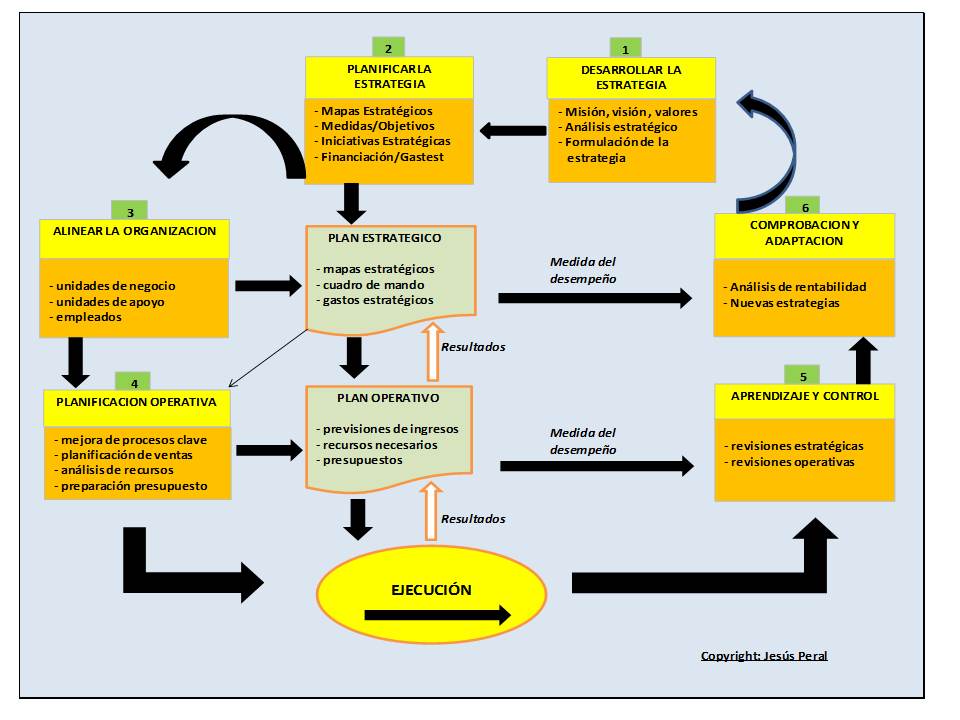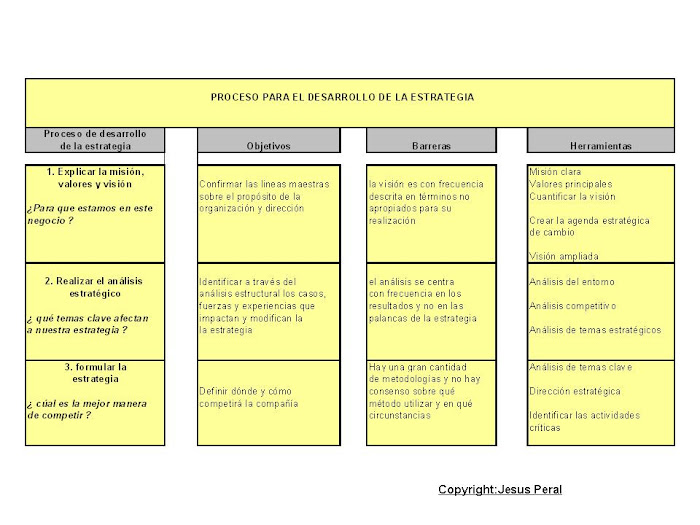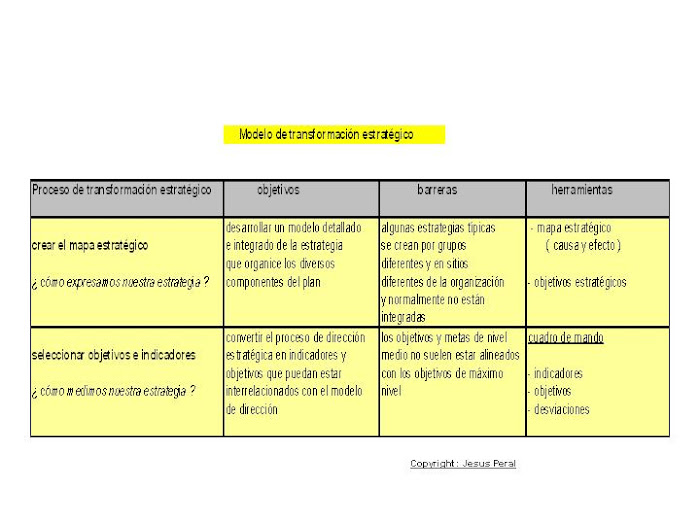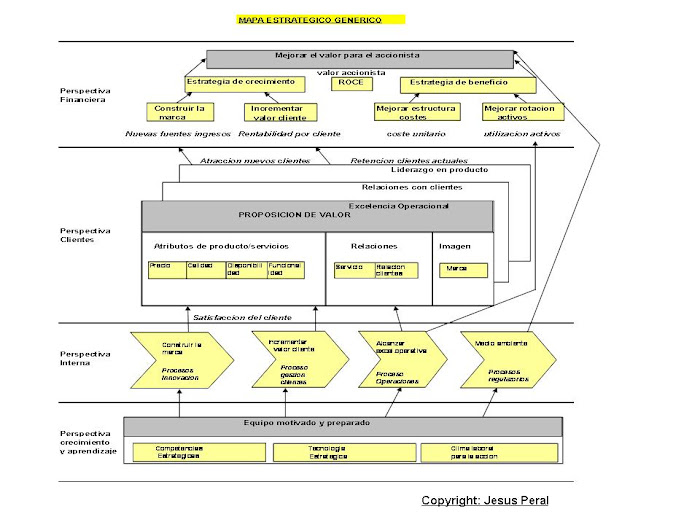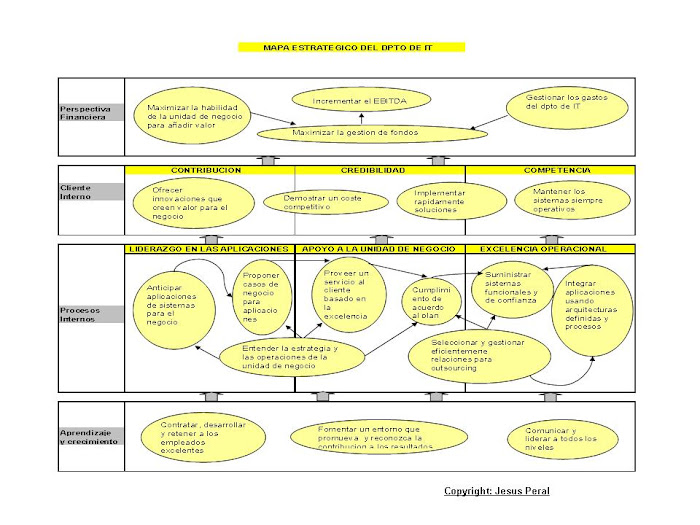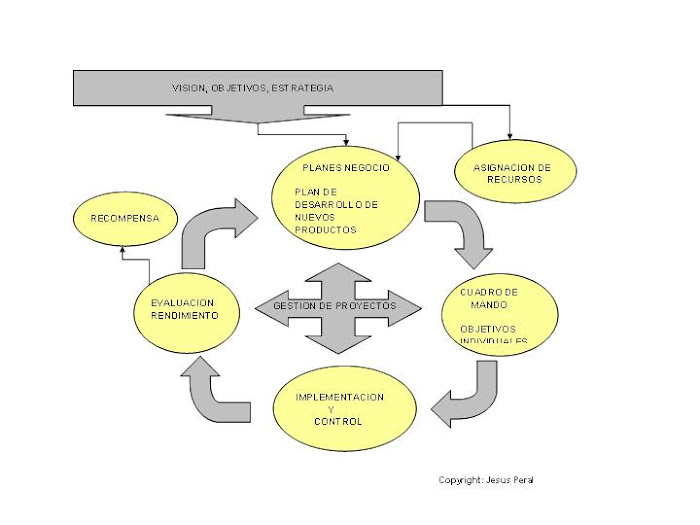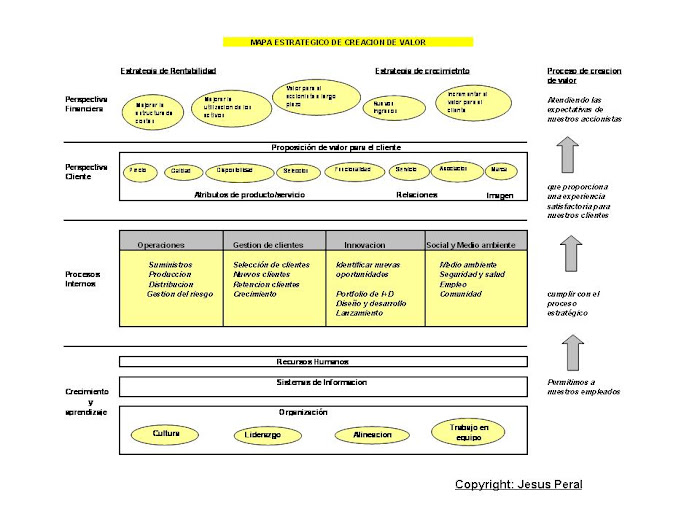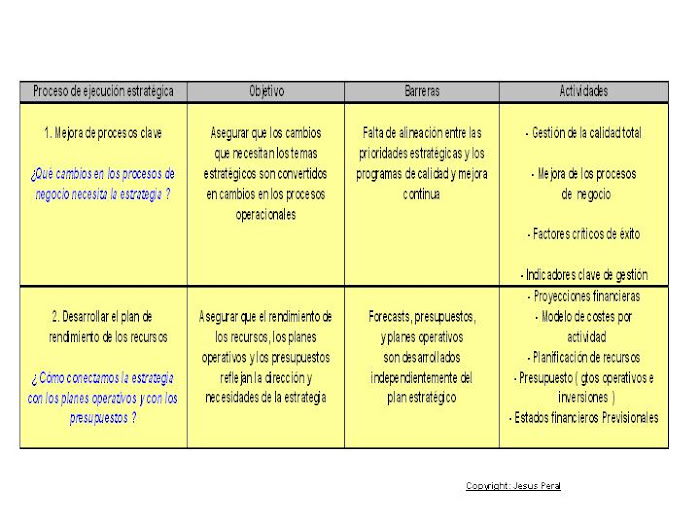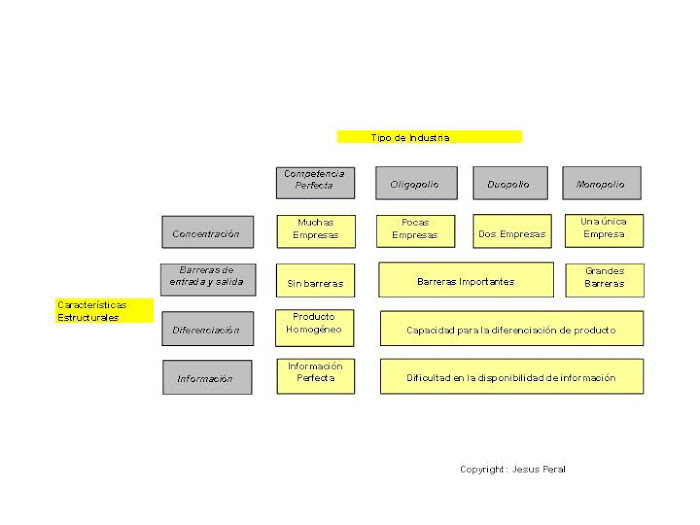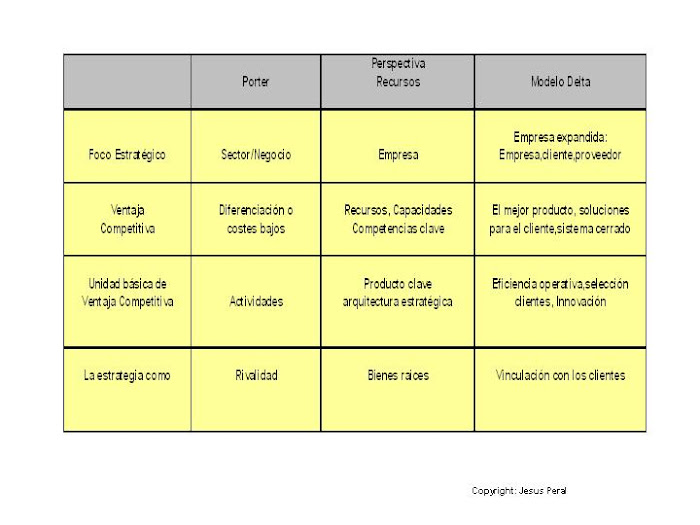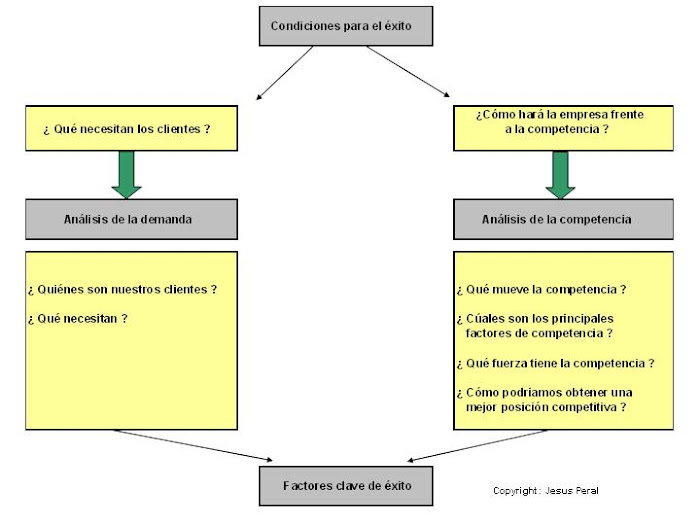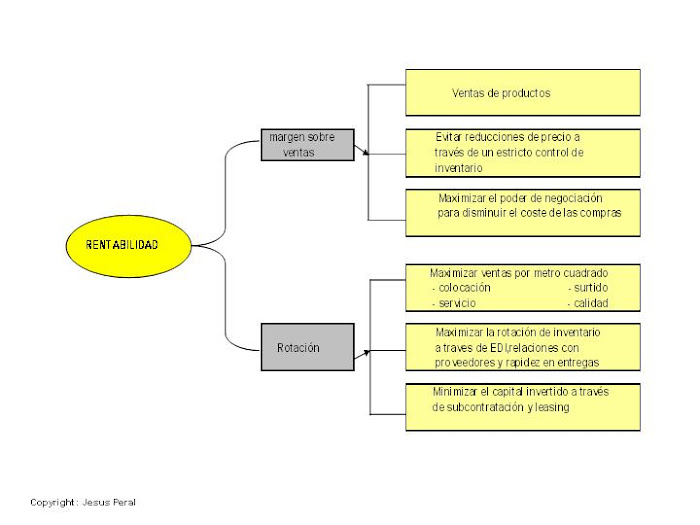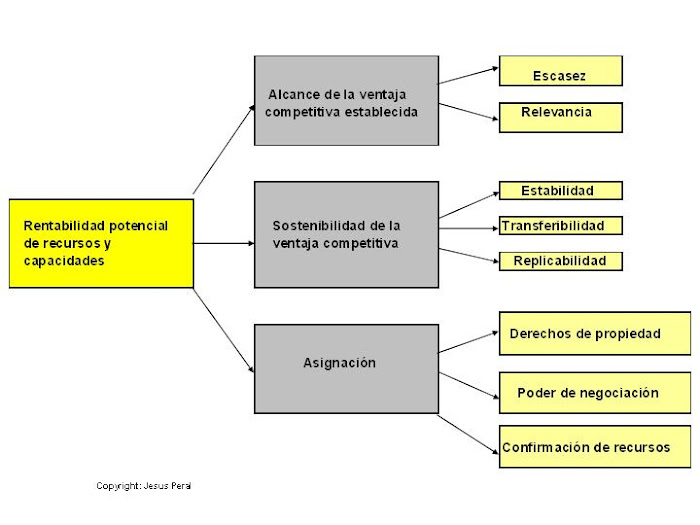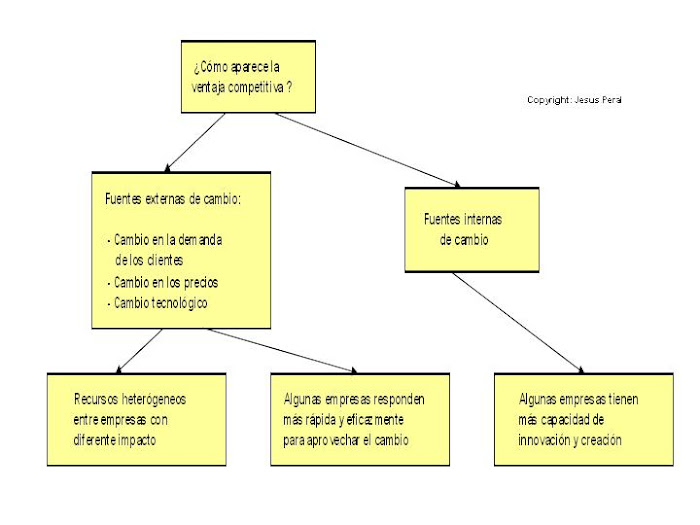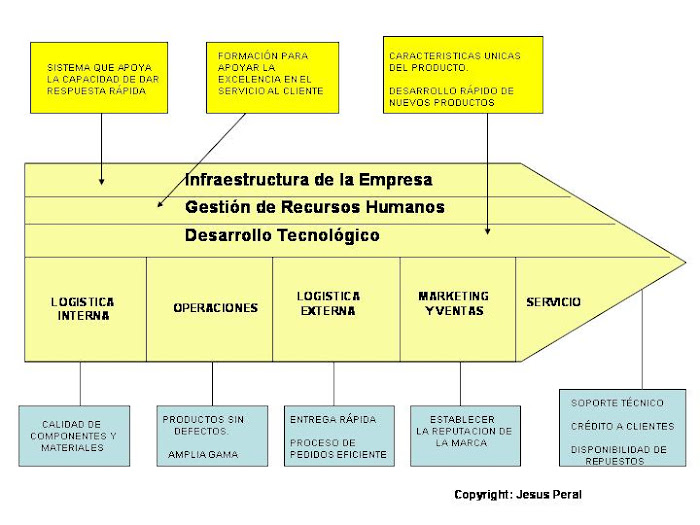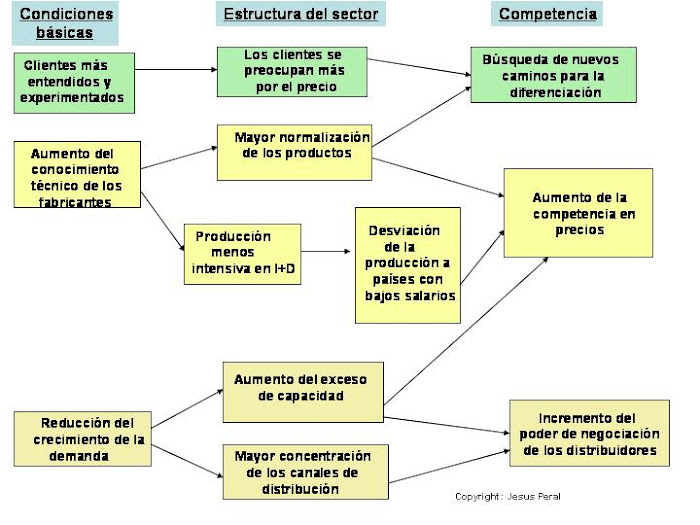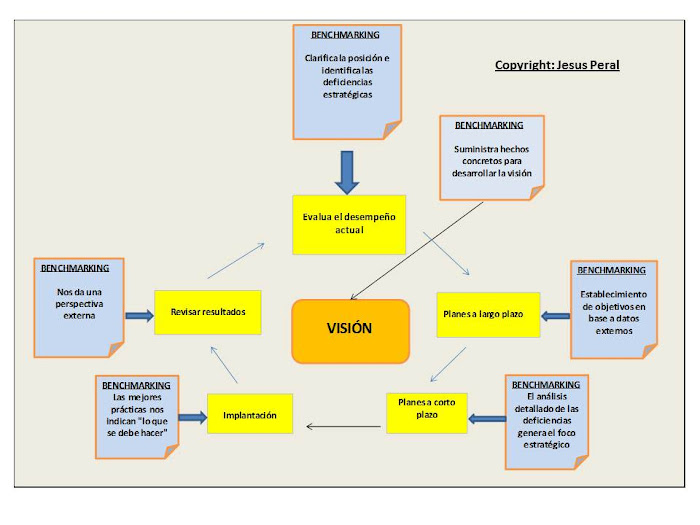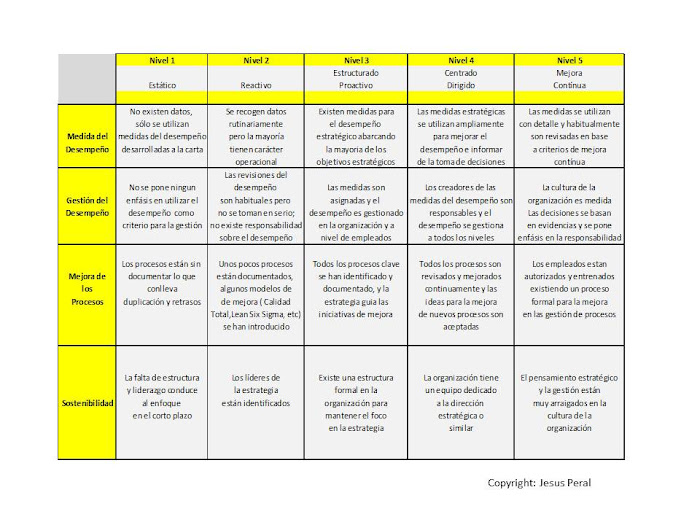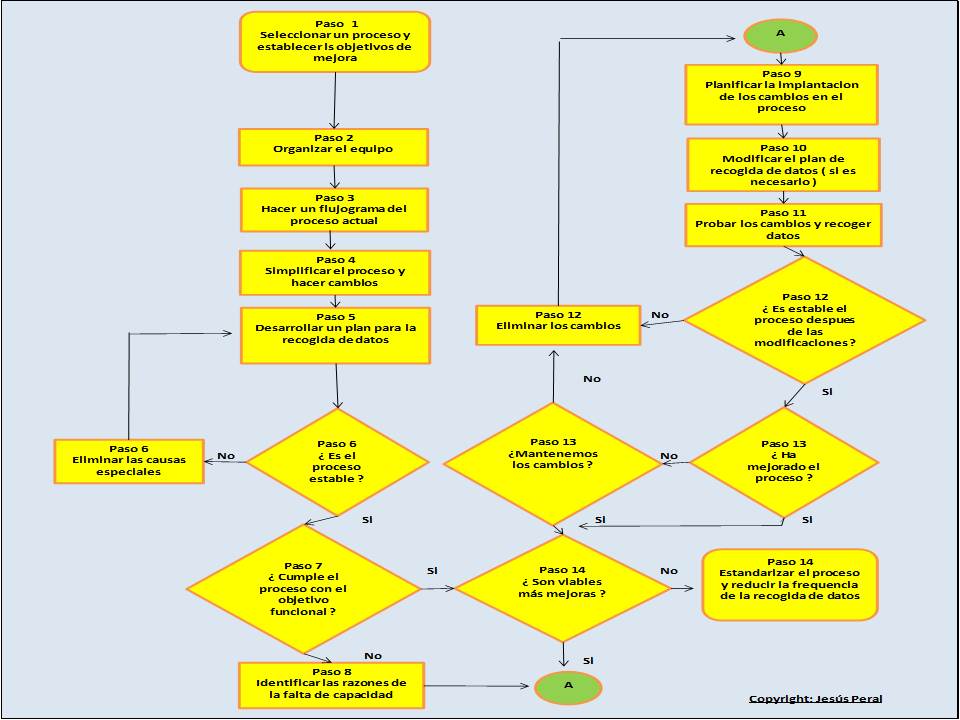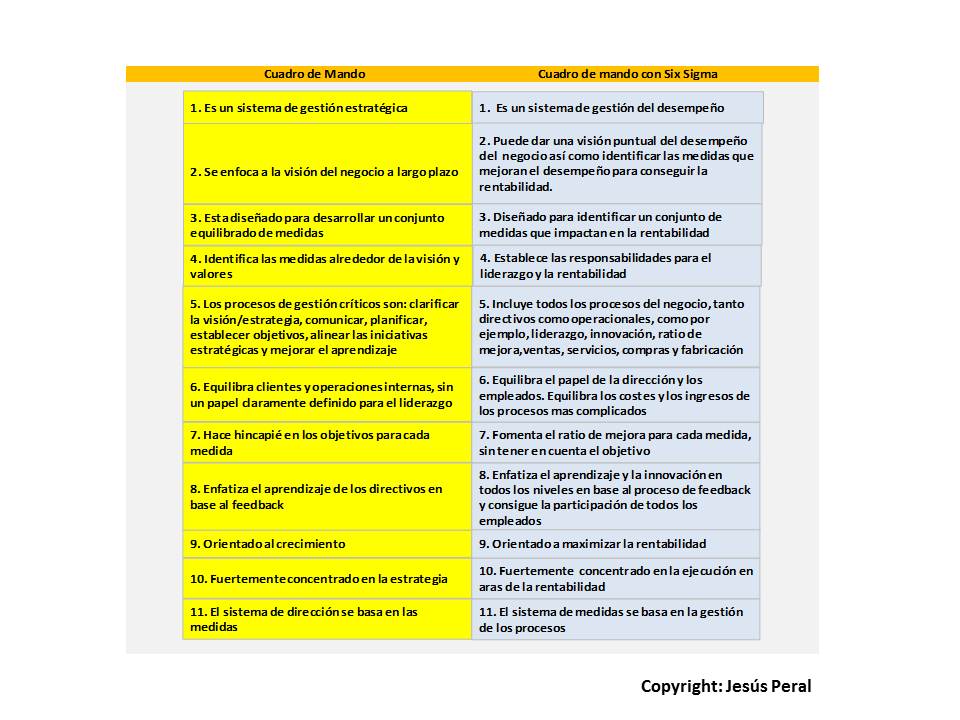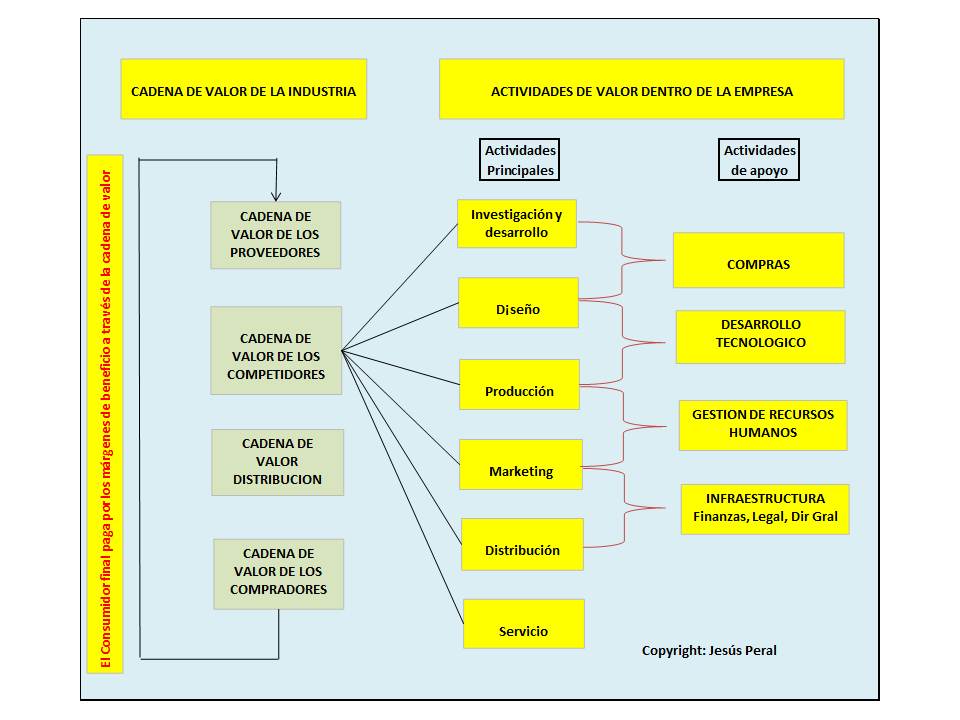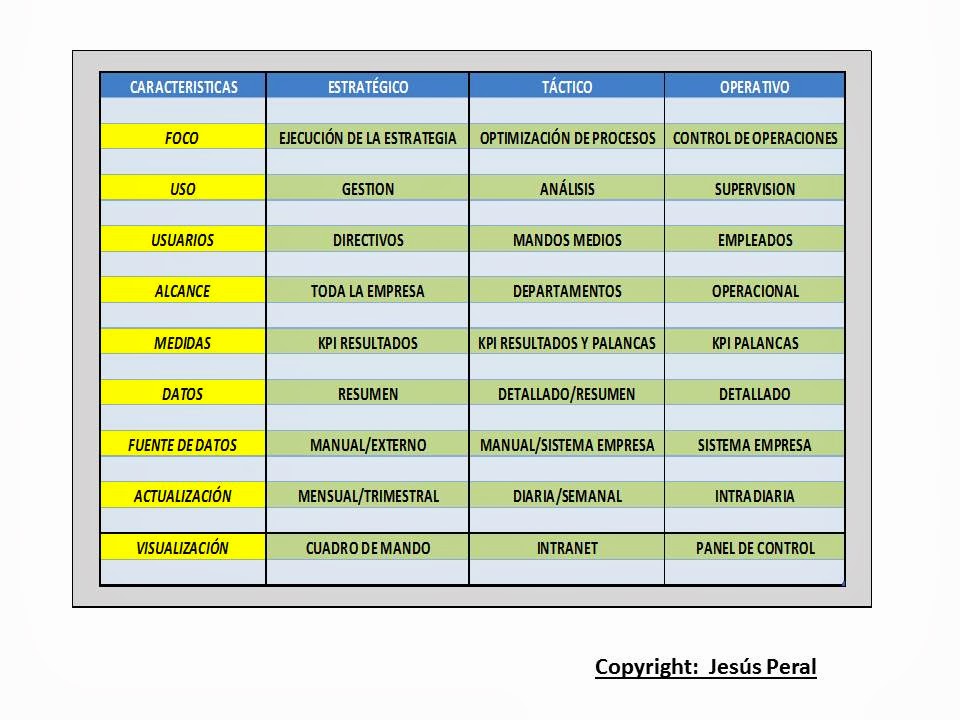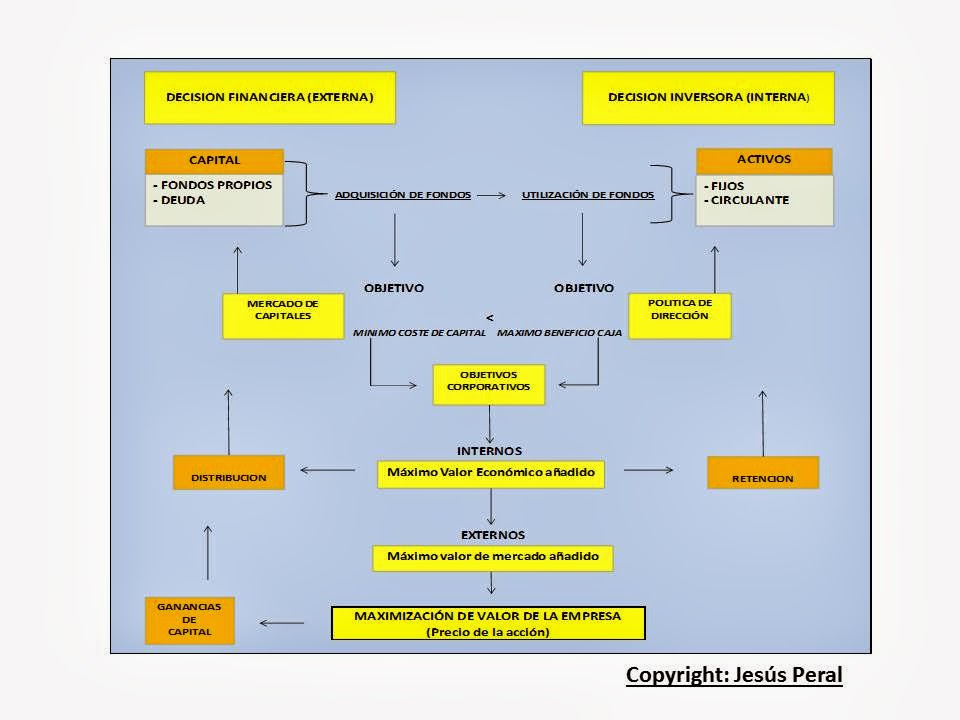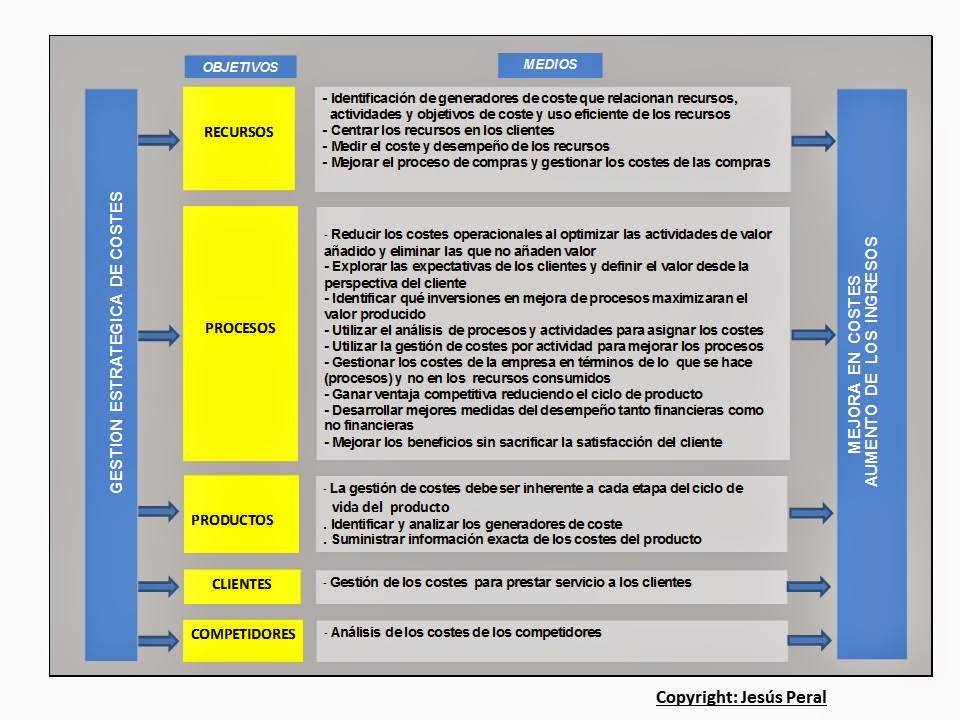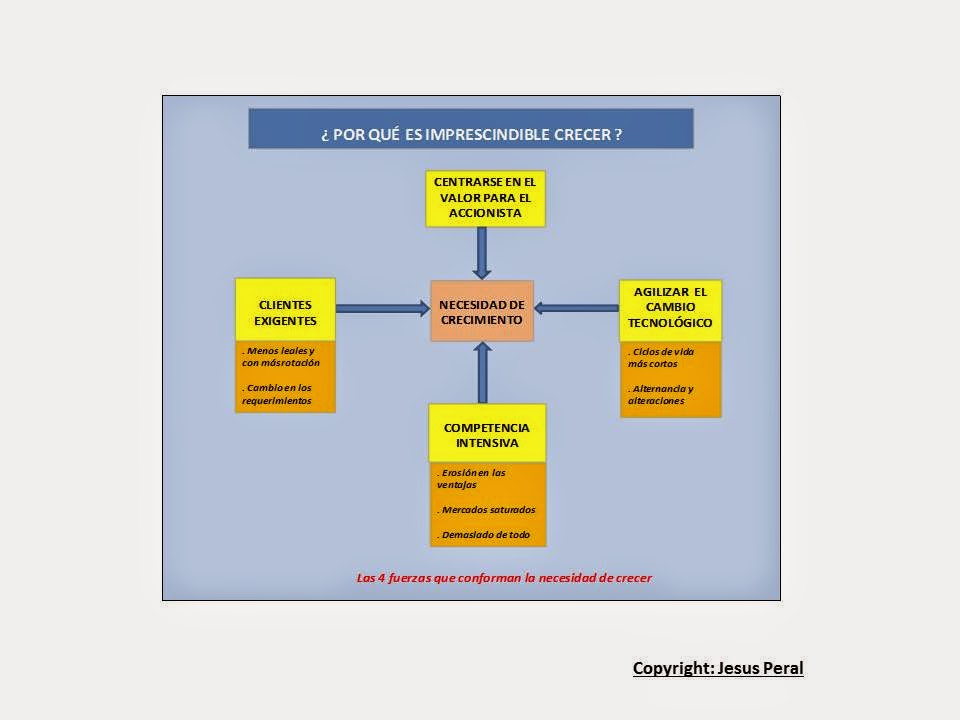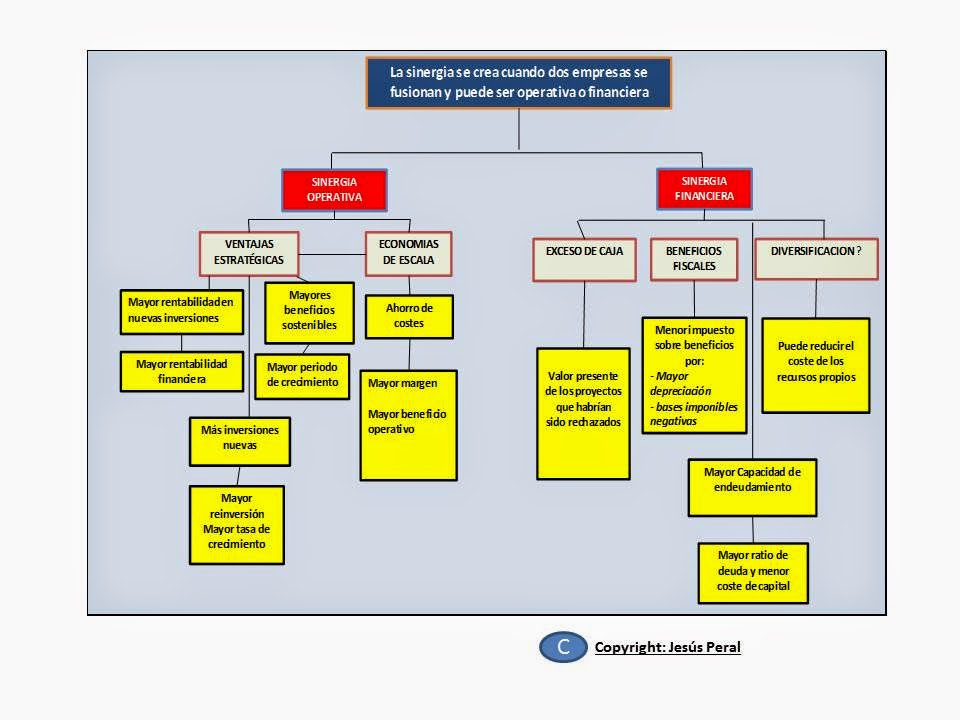No matter what you do, things will sometimes go
wrong. For those working in multinational organizations and even in
small/medium companies and depending on your position, manager, senior manager,
etc you will often be called upon to put them right or to employ other people
to do it for you.
In this post I would like to comment on the
methodology I have applied in different situations where things were really
wrong. Obviously the person facing the problem will know better the company,
the environment and the circumstances but I think you will recognize some
pattern to be used.
Troubleshooting requires some kind of diagnosis
ability, to size up the difficulties. Let´s say, know-how, to select the
required solution and decide how to implement it and finally a reasonable level
of managerial skill to put the solution into effect.
So first, you need to divide the process in
parts as follows:
·
Planning
·
Diagnosis
·
Solution
You could use, depending on the level of the
problem or your company policy, management consultants. Although I am not
against this I think it is worth to try to do it on your own in the first
instance. At the end of the day, if you are working on the multinational
environment you should be familiar, to some extent, with the methodology they
use and on top of that your knowledge of your company is deeper.
The typical approach to be followed would be as
follows:
·
Analysis
of the present situation. What happened and why
·
Development
of alternative solutions to the problem
·
Decision
as to the preferred solution, stating the costs and benefits of implementing it
·
Defining
the method of proceeding. How and over what time scale should the solution be
implemented, who does it and with what resources. For example, if a staged
implementation is preferred, the stages will be defined and a plan worked out.
In my view, the most important thing to do at
the planning stage is to define the problem, clarify the objectives and terms
of reference. A problem defined is a problem half solved. And it is the
difficult half. The rest should follow quite naturally if an analytical
approach is adopted.
Once you know the problem you can define what
you want done and prepare terms of reference for those who are conducting the
investigation.
Diagnosis means finding out what is happening,
the symptom, and then digging to establish why it is happening, therefore the
cause. Your skills will allow you to dissect the facts, sort out what is
relevant to the problem and refine it all down until it reveals the crucial
pieces of information which show the cause of the problem and point its
solution. During the process of diagnosis it is needed you remain open-minded.
Listen and observe, but suspend judgement until you can arrange all the facts
against all the opinions.
Base your diagnosis on analysis of the factors
likely to have contributed to the problem, for example, people, systems,
structure and circumstances. And finally develop your checklist.
My standard checklist is as follows:
People
1.
Have
mistakes being made? If so, why? For example, is it because the team is badly
managed or trained in the topic causing the problem?
2.
If
management is at fault, was the problem one of system, structure or even the
managers themselves?
3.
If
the people doing the job are inadequate why were they selected in the first
place?
Systems
1.
To
what extent are poor systems or procedures to blame for the problem?
2.
Is
the fault in the system themselves? For example, are they badly designed or
inappropriate?
3.
Or
is it the fault of the people who operate and manage the systems? In this case
we need to find out the circumstances leading to the situation.
Structure
1.
How
far has the company or management structure contributed to the problem?
2.
Do
people know what is expected of them? Very typical question, indeed.
3.
Are
activities grouped together logically so that adequate control can be exercised
over them?
4.
Are
managers and senior managers clear about their responsibilities for maintaining
control and do they exercise these responsibilities effectively? It is likely
this is familiar to many readers!!!
Circumstances
1.
To
what extent, if any, is the problem a result of circumstances beyond the
control of those concerned? For example, have external economic pressures or
changing policies had a detrimental effect? Sometimes this is the issue.
2.
If
there have been external pressures, has there been a failure to anticipate or
to react quickly enough to them. Very typical situation as well.
3.
Have
adequate resources, for example, people, funding and materials, been made
available and if not, why not?
You can create your own checklist, of course,
as it will help you to face successfully the final part, the solution.
The diagnosis should point the way to the
solution. But this may still mean that you have to evaluate different ways of
dealing with the problem. There is no one best way only a choice of different
alternatives. You need to narrow them until you reach the one which, let´s say,
on balance, is better than the others.
Avoid being too theoretical. Take into account
the circumstances, including the ability of people available to deal with the
problem. Your recommendation should be practical in the sense that it can be
made to work with resources which are readily available and within acceptable
timings. You should make clear not only what needs to be done but how it is to
be done. Assess costs and benefits and demonstrate that the benefits outweigh
the costs.
And finally take care when you apportion blame
to individuals. They could be victims of poor management, poor training or
circumstances beyond their control. Their help may be essential in overcoming
the trouble. It is unwise to destroy their confidence or their willingness to
help.
To summarize, your recommendation have to be realistic,
phased in without undue disruption and without spending more time and money
that is justified by the results.

